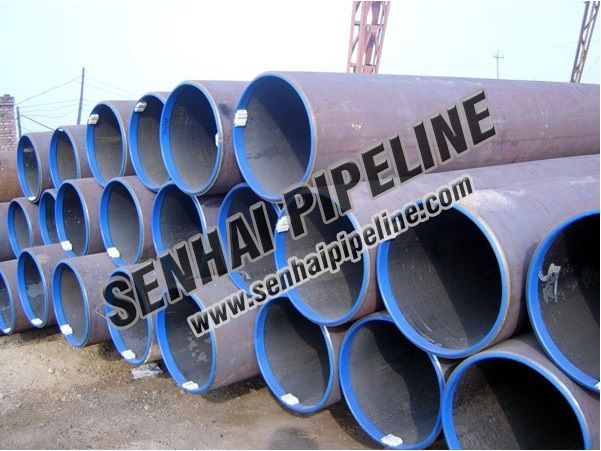The ERW Steel Pipes are mostly medium-sized, high-carbon alloy steels. After quenching, some of the supercooled austenite is not transformed into martensite, and remains in the used state to become retained austenite, which affects the performance. If it is cooled below zero, it can promote the martensite transformation of the retained austenite. Therefore, the essence of the cold treatment is that the quenching continues. The quenching stress at room temperature is superimposed on the quenching stress at zero, and the cold treatment crack is formed when the refolding stress exceeds the strength limit of the material.
Precaution:
(1) The SGP ERW Steel Pipes is placed in boiling water for 30-60 minutes before quenching after quenching, which can eliminate 15%-25% quenching internal stress and stabilize the retained austenite, and then carry out conventional cold treatment at -60 degrees Celsius. Or -120 degrees Celsius cryogenic treatment, the lower the temperature, the more the retained austenite transforms into martensite, but it is impossible to complete the transformation. Experiments show that about 2%-5% retained austenite remains, as needed Retaining a small amount of residual austenite relaxation stress, its buffering effect, because the retained austenite is soft and tough, can partially absorb the martensite rapid expansion energy, and alleviate the phase transformation stress;
(2) After the cold treatment is completed, the seamless steel pipe is taken out and heated in hot water to eliminate 40%-60% cold treatment stress. After heating to room temperature, it should be tempered in time, the cold treatment stress is further eliminated, cold crack formation is avoided, and stable microstructure performance is obtained. Ensure that the seamless steel pipe products are not distorted during storage and use.

Copyright © Hebei Senhai Pipeline Co., Ltd. All Rights Reserved | Sitemap | Powered by 